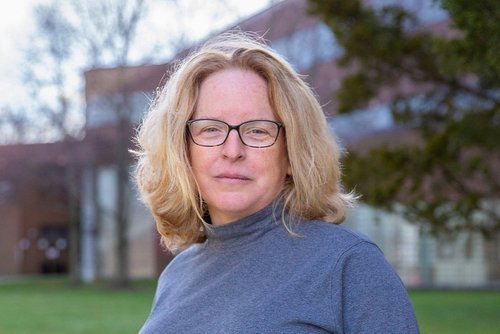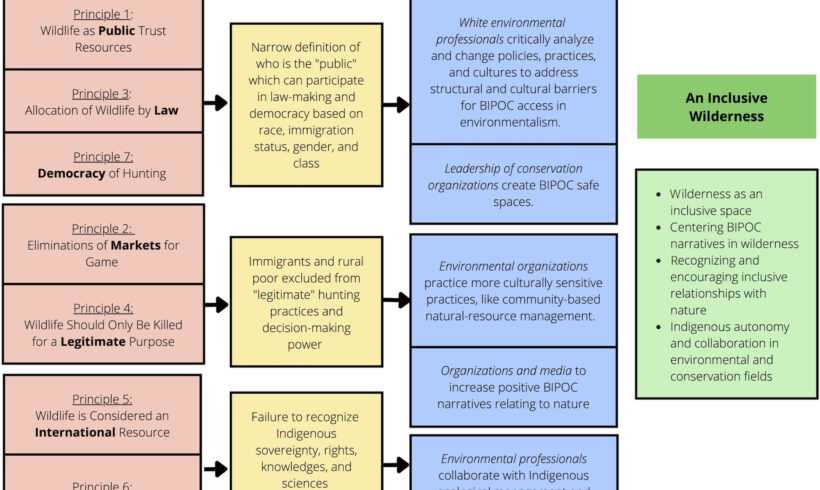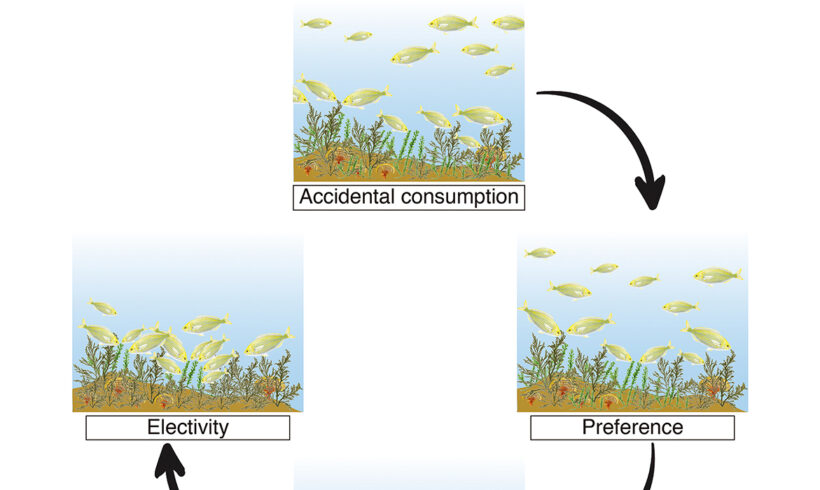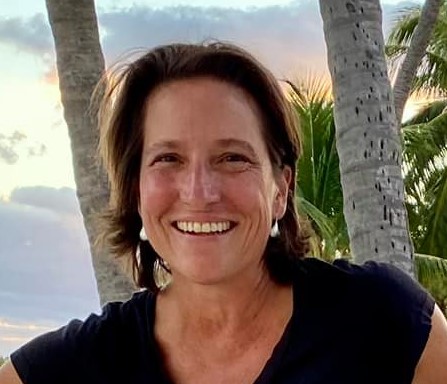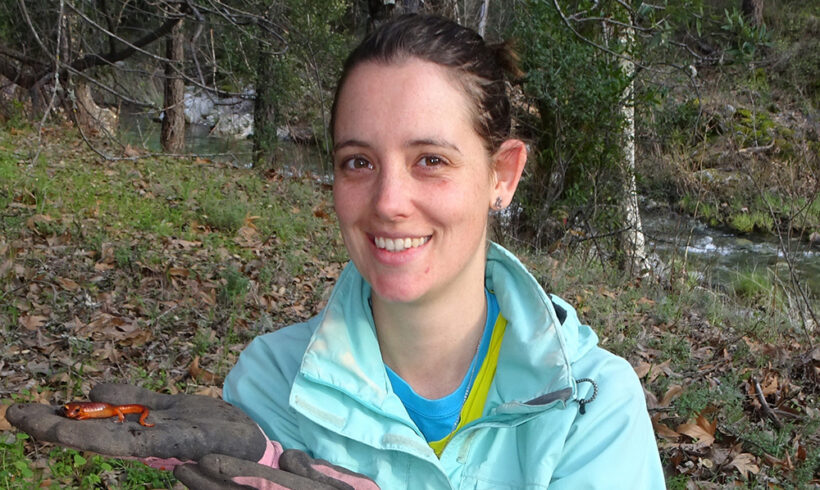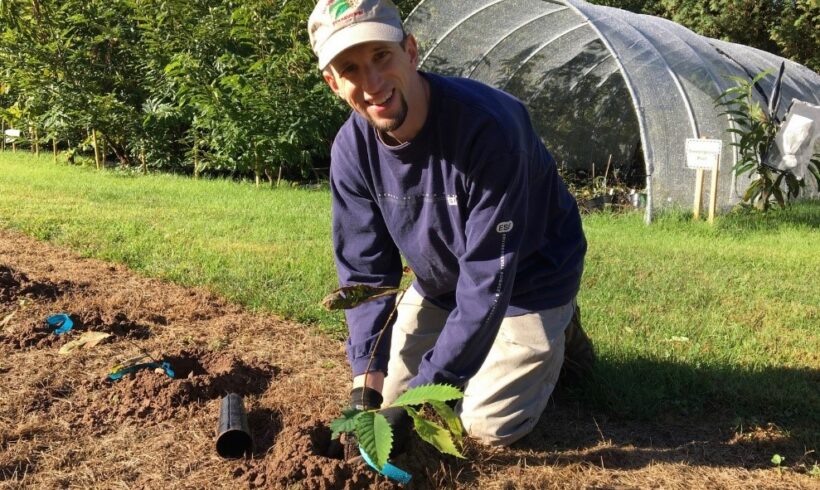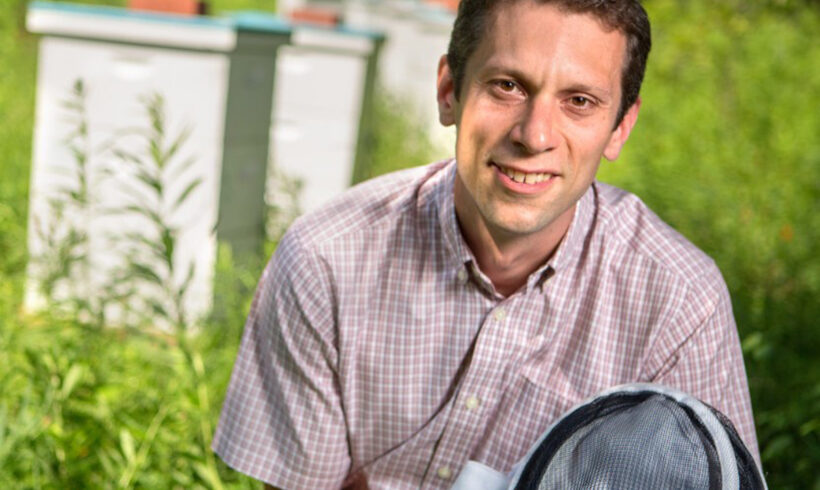This month, we interviewed Dr. Jacquelyn Gill, a paleoecologist whose research from the past 20,000 years can help us road map into the future of plant management in a changing climate.
Researcher Spotlight: Dr. Jacquelyn Gill
By Justin DalabaIn Blog, Researcher SpotlightsTags angiosperms, biodiversity, climate change, conservation, DNA, ecology, ecosystem, environmental impacts, extinction, fossil record, glaciation, historic, history, invasive, landscape, management, migration, paleoecology, perspective, plant community, plants, pollen, refugia, researcher spotlight, resilience, spatial, time



